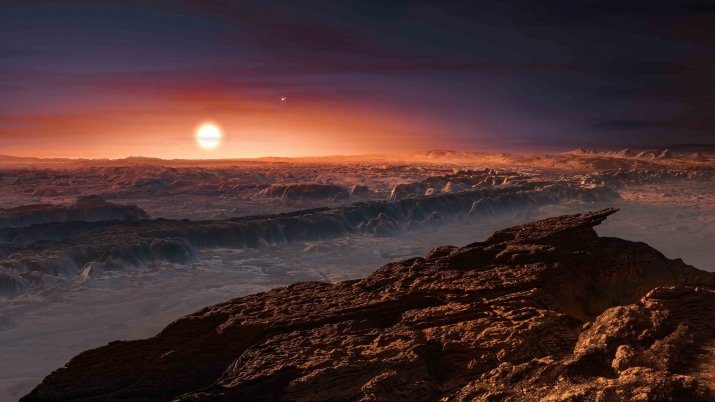OF THE
TIMES
We'll know our disinformation program is complete when everything the American public believes is false.
Play in the dirt you're gonna get dirty. Quit whining and take your well-deserved lumps. LOL
Ukrainian President Vladimir Zelensky [Link]
Ah, the old game of who's dick is bigger. Poth parties came out of the pool, looked down and said, let's do this later.
We all know who controls who.
How is this different from welfare assistance?
To submit an article for publication, see our Submission Guidelines
Reader comments do not necessarily reflect the views of the volunteers, editors, and directors of SOTT.net or the Quantum Future Group.
Some icons on this site were created by: Afterglow, Aha-Soft, AntialiasFactory, artdesigner.lv, Artura, DailyOverview, Everaldo, GraphicsFuel, IconFactory, Iconka, IconShock, Icons-Land, i-love-icons, KDE-look.org, Klukeart, mugenb16, Map Icons Collection, PetshopBoxStudio, VisualPharm, wbeiruti, WebIconset
Powered by PikaJS 🐁 and In·Site
Original content © 2002-2024 by Sott.net/Signs of the Times. See: FAIR USE NOTICE

Reader Comments
[Link]
Electrical interactions are the reason for variability of double stars.
Solar system is also electrically variable double star system.
[Link]
True, re flares perchance ending us. I read once a theory of 'glass on the moon' and a bunch of glyphs all over the earth displaying what a globe enwrapped with electroplasma does, which is to divide its visible power along the polar axis in either 26 or 52 different laser looking arcs from pole to pole.
Again, it was suggested that these drawings could have resulted from some human witnessed B.C. mega solar flare. (Hence the glass on the moon.)
I will do a search and see if I find any links, and will post any links I find, (no guarantees but others' links are welcome), but it surely was a more open minded approach than our MSM BS machine's close minded 'Incremental, Strictly ( and Overly) Darwinian 'Official Theory'; no other theories allowed; nor need apply, and this despite our PTB/MSM's 'Official Version' being ADMITTED to be ONLY a theory.
R.C.
Enjoy.
R.C.
R.C.